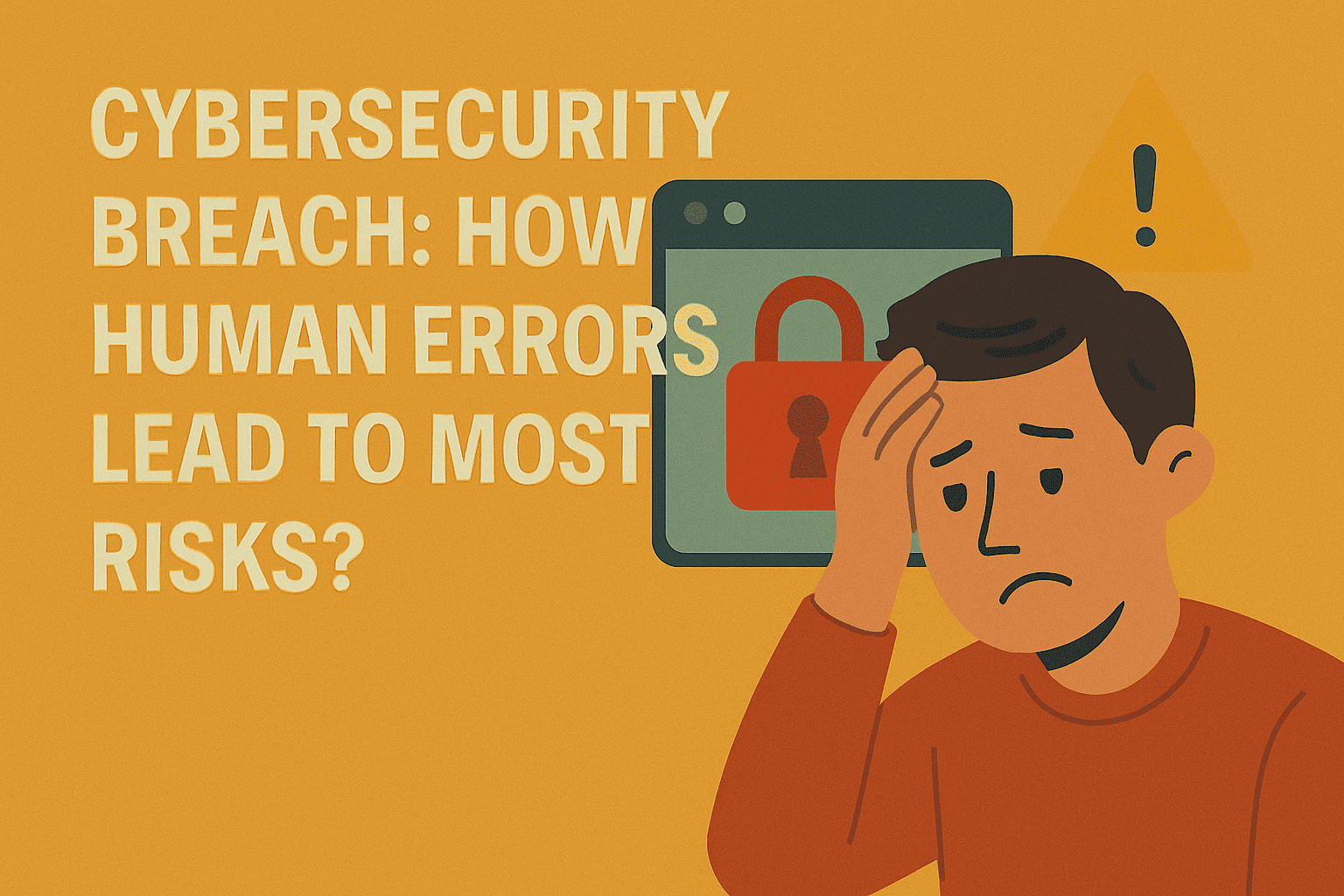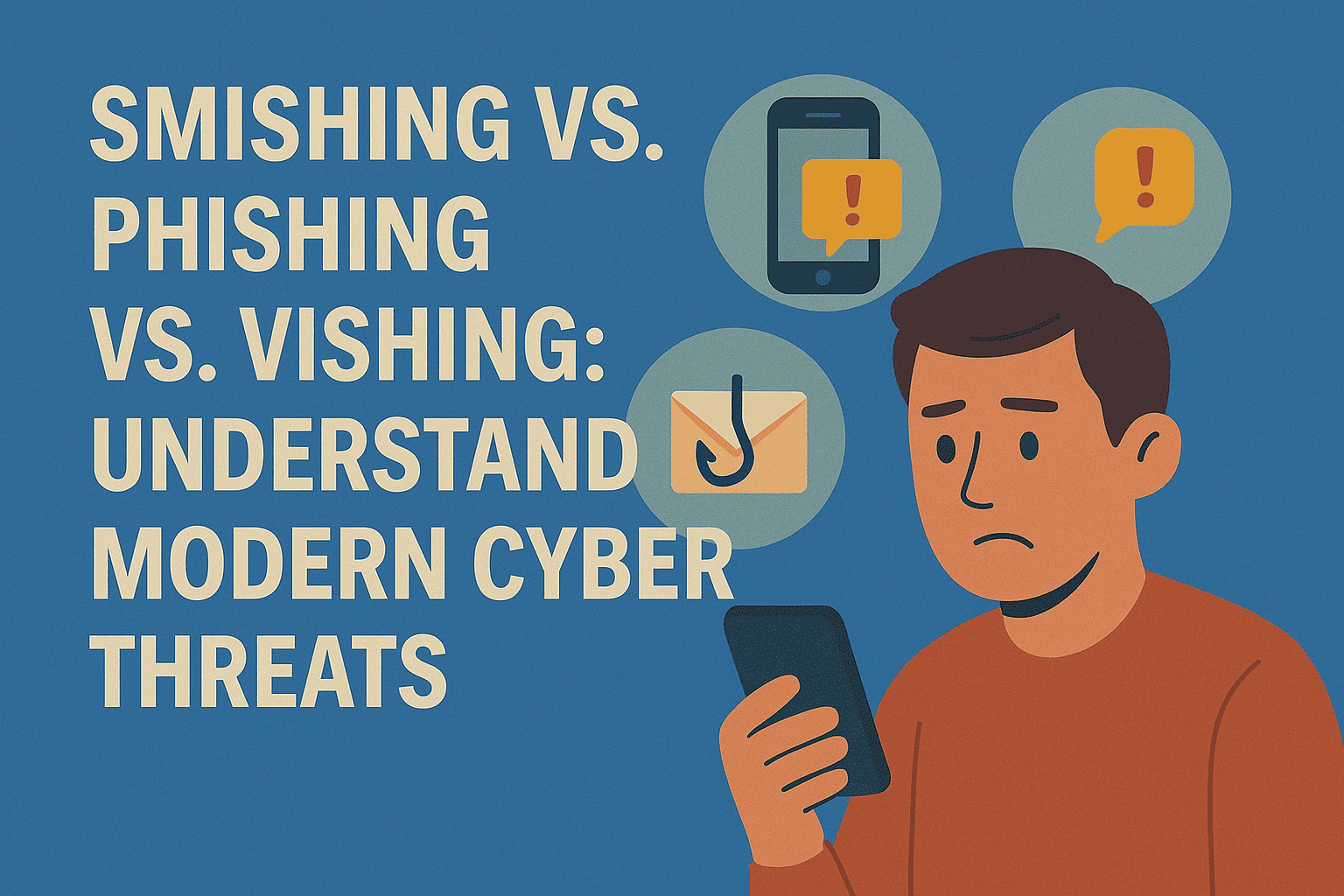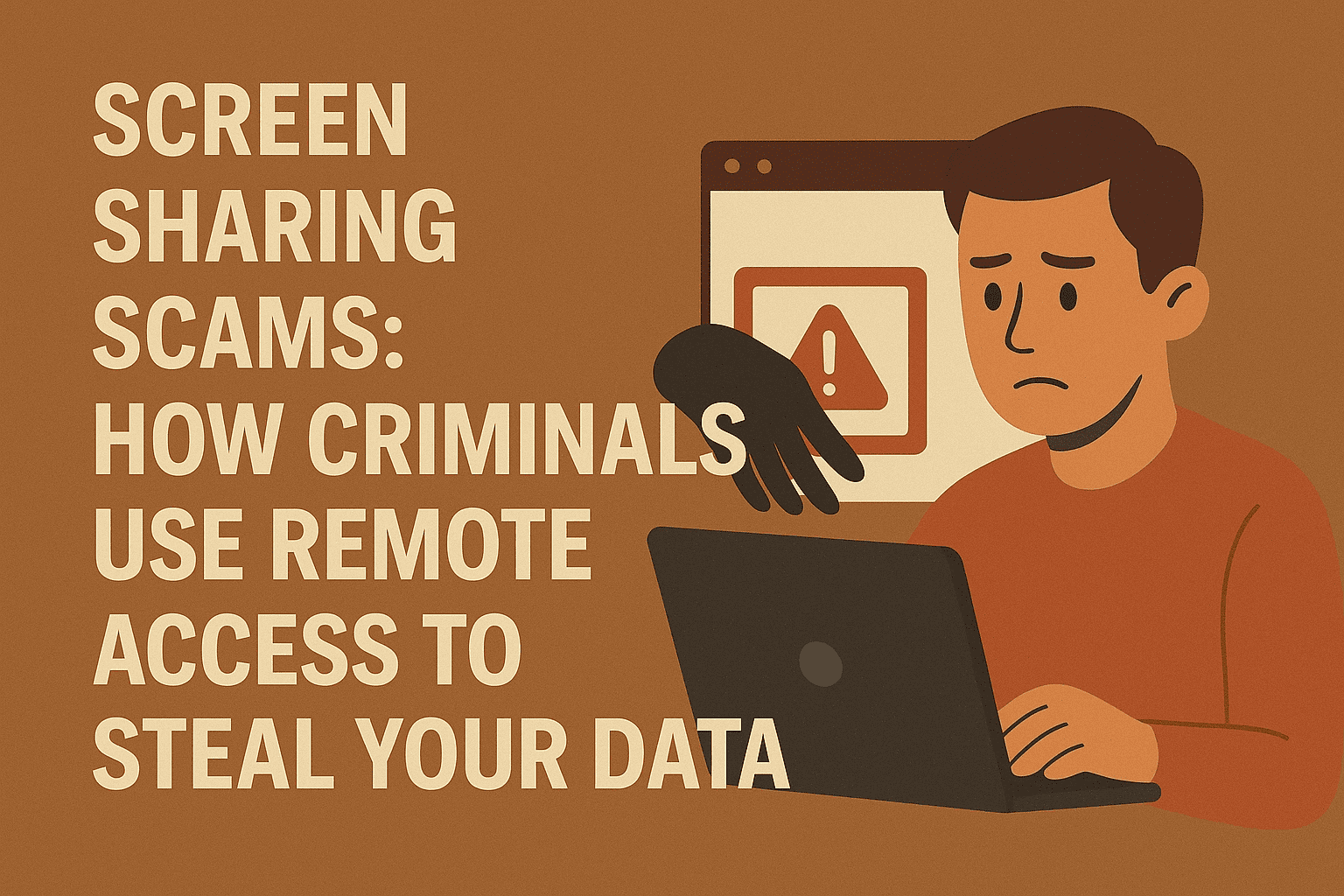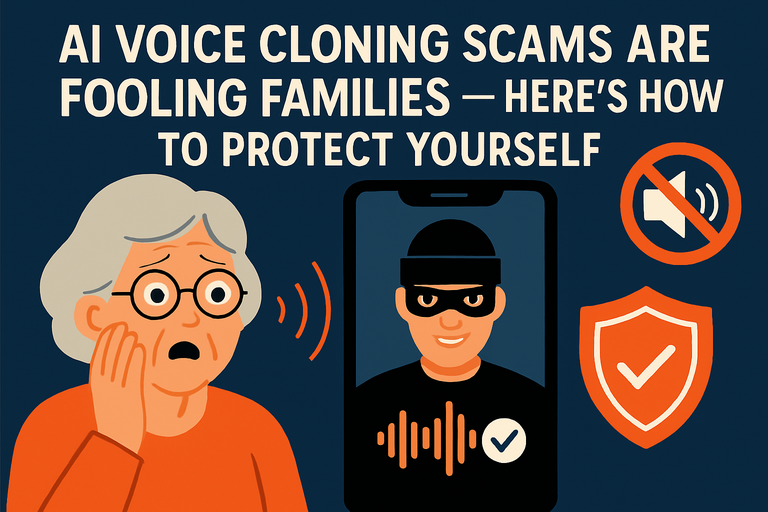Cybersecurity Breach: How Human Errors Lead to Most Risks?
The role of human error in cybersecurity breaches and effective strategies to prevent common mistakes that compromise digital security
Is it true that human errors are responsible for 90% of cyber breaches? It may sound exaggerated, but the answer is “yes.” Several studies have proved that human error is one of the major reasons behind most cybersecurity breaches. Technology has advanced a lot in the last few years, and several software programs provide protection, but somehow, all this isn’t enough to prevent human errors.
Cybersecurity Breaches
Human error in cybersecurity breach accounts range from simple mistakes to planned scamming. It is very important to understand the spectrum of human error to create prevention strategies for the cyber breach.
What is a Cybersecurity Breach?
A cybersecurity breach is essentially a digital break-in, a moment when unauthorized individuals or malicious software slip past your defenses and access sensitive data. Imagine your online accounts, company databases, or even personal devices as a locked house; a breach is when someone, without your permission, finds a way inside, potentially stealing valuables or causing damage.
These intrusions can range from simple password thefts to complex ransomware attacks, leaving a trail of compromised information and disrupted services. It’s a constant battle, a digital game of cat and mouse where the stakes are your privacy and security.
Spectrum of Human Error
To mitigate the risk of cyber breaches, it’s important to understand the nature of human error and the root causes behind them. Below are common ways in which human error leads to cybersecurity breaches:
-
Phishing Attacks: Despite widespread awareness, phishing remains a top tactic for cybercriminals. Employees often click on harmful links or open infected attachments, giving attackers access to sensitive data.
-
Weak Passwords: Many people still use simple or repeated passwords across different accounts, making it easier for cybercriminals to break into systems through brute force or stolen credentials.
-
Ignoring Software Updates: Not keeping software and systems updated can leave them exposed to known threats. Updates usually contain essential security fixes to guard against new risks.
-
Misconfiguration: Incorrectly setting up systems, networks, or apps can create security holes. This includes using default settings or failing to set proper access controls.
-
Insider Threats: Employees, whether malicious or compromised, can pose serious risks. These threats are hard to spot since insiders often have legitimate access to sensitive information.
Why are Human Errors Pervasive?
Human errors remain a significant factor in cyber breaches because they are often tied to everyday behaviors and decision-making. While technology has advanced to provide sophisticated defenses, people continue to be the weakest link in the security chain. Addressing human error is not just about training employees but also about creating a culture of security awareness and making security practices more intuitive and automated.
Key causes include:
-
Lack of Training and Awareness: Many employees aren’t properly trained in cybersecurity. Without the right knowledge, they may not recognize threats or know the best way to handle them.
-
Complexity of Security Protocols: As security measures grow more complex, they can become hard for non-experts to understand. This can lead to errors, especially when employees feel overwhelmed or confused by the rules.
-
Overconfidence: Some people think they’re too smart to fall for common cyber threats. This overconfidence can make them less careful, making it easier for attackers to succeed.
-
Social Engineering Tactics: Cybercriminals often use clever social engineering tricks to manipulate people into sharing sensitive information or taking actions that weaken security. These tactics target human behavior, making them hard to avoid.
-
Human Nature: People are naturally prone to mistakes. Whether it’s getting tired, distracted, or careless, cybercriminals take advantage of these human weaknesses to exploit security flaws.
How to Prevent Human Error?
Preventing human error in cybersecurity requires a combination of education, streamlined processes, and the use of technology that can assist or automate security measures. It’s essential to foster a culture of continuous learning where employees are regularly trained on the latest threats and best practices. By encouraging awareness, creating clear guidelines, and implementing safeguards, organizations can effectively mitigate the risks associated with human errors.
Key prevention strategies:
-
Regular Training and Awareness Programs
One of the most effective ways to reduce human error is through consistent and comprehensive cybersecurity training. Employees should be educated about current threats, phishing attacks, password management, and how to handle sensitive information. Regularly updating this training ensures that employees remain aware of the latest cyber threats. -
Use of Multi-Factor Authentication (MFA)
Multi-factor authentication adds an extra layer of security by requiring more than just a password to access sensitive systems. By incorporating MFA, even if an employee makes an error with their password, cybercriminals will still need additional verification to breach the system, significantly reducing the risk of unauthorized access. -
Simplifying Security Protocols
Complex security measures can confuse employees, leading to mistakes. Streamlining security protocols, like creating simpler password policies or reducing the number of steps in a login process, can make it easier for employees to follow and reduce the chance of errors. -
Automation of Security Processes
Automating repetitive security tasks such as software updates, backups, and monitoring can reduce human involvement and the potential for mistakes. Automation ensures that essential tasks are completed on time and without error, keeping systems secure and up-to-date. -
Implementing Strong Password Policies
Enforcing strong password policies can greatly reduce the risk of breaches due to weak or reused passwords. Policies should require employees to use complex, unique passwords for different accounts and encourage the use of password managers to keep track of credentials securely. -
Regular Software Updates and Patches
Ensure that software, systems, and applications are regularly updated with security patches. Keeping systems updated minimizes vulnerabilities and reduces the chances of attackers exploiting known weaknesses that might arise from outdated software. -
Phishing Simulations and Testing
Conducting simulated phishing attacks can help employees recognize phishing attempts in real life. By mimicking real-world scenarios, employees can learn to identify suspicious emails and avoid making critical mistakes that could lead to a breach. -
Clear Incident Response Procedures
Having a clear and simple incident response plan in place ensures that employees know how to react if they suspect a security breach. Providing a step-by-step guide helps reduce confusion, allowing for quick action to mitigate any potential damage and preventing errors during crises.











